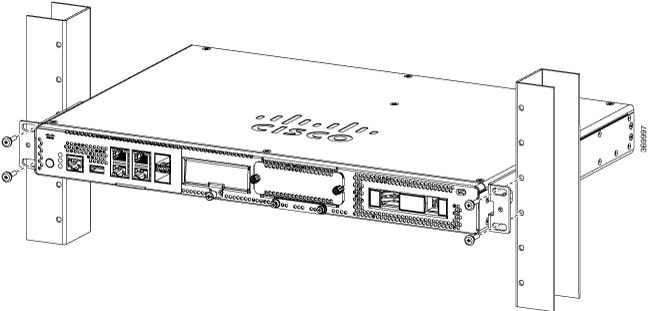Unpacking the Device
The device, accessory kit, publications, and any optional units may be shipped in more than one container. When you unpack the containers, check the packing list to ensure that you have received all the items on the list.
Only unpack the product when you are ready to install it. This will help prevent accidental damage.














 Feedback
Feedback